The first time a reader asked me about half calorie rice, I’d never heard of it before.
But so many of you have been emailing or leaving comments asking for my thoughts on the half calorie rice trend that I figured it was best to just write a post on it.
(Because I know someone is going to ask… For more on why I make low-calorie recipes even though I’m not counting calories, be sure to read my Katie FAQ Page.)
What Is Half Calorie Rice?
Basically, researchers discovered that if you add a teaspoon of oil when cooking rice, it actually decreases the calories.
A study from the College of Chemical Sciences in Colombo, Sri Lanka found that cooking rice with oil and then letting it sit for 12 hours increased its resistant starch and lowered its calorie count by as much as 60 percent.
The indigestible starch formed during the cooling process prevents some of the rice from being metabolized into glucose during digestion. And reheating won’t increase the calories again, so after letting the rice cool overnight you can season it and reheat as desired.
Why Half Calorie Rice?
Hopefully, if you are a regular reader of my blog, you know I believe in the importance of a balanced diet and am not a fan of weight-loss gimmicks.
Unless your diet is made up entirely of rice—and I do know some people who wouldn’t mind this (Hi, Dad!)—saving calories on just one item might not really change much for you. But the results of the study have possibly bigger implications that could help fight the obesity epidemic around the world in the future.
For example, is there a way to increase the resistant starch in other foods, such as pasta or bread? And personally, the main reason I was intrigued by this study was because it completely contradicts the media’s message that added fat is the enemy. (You probably know, because I talk about it all the time here on the blog, that I am a big proponent of including fat in one’s diet and that my own daily diet has a higher-than-normal amount of added fat.)
If you haven’t seen it yet, here’s a sample of What I Eat In A Day.
So I was thrilled to see scientific evidence backing yet another possible benefit of including a little healthy fat during cooking, and I couldn’t give up the opportunity to share this information, because I know so many readers of my blog are afraid of using any fat at all, thanks to being bombarded with negative messages all over the media.
(FYI, Adding a little fat to vegetables such as tomatoes or kale has also been proven to help one’s body absorb more of the nutrients in the vegetables, because carotenoids are fat-soluble… Seriously, food science is fascinating.)
On an entirely unrelated note, I was shocked at how soft and fluffy the rice turned out with this particular cooking method. Even if you are not counting calories, you might never go back to cooking your rice any other way.

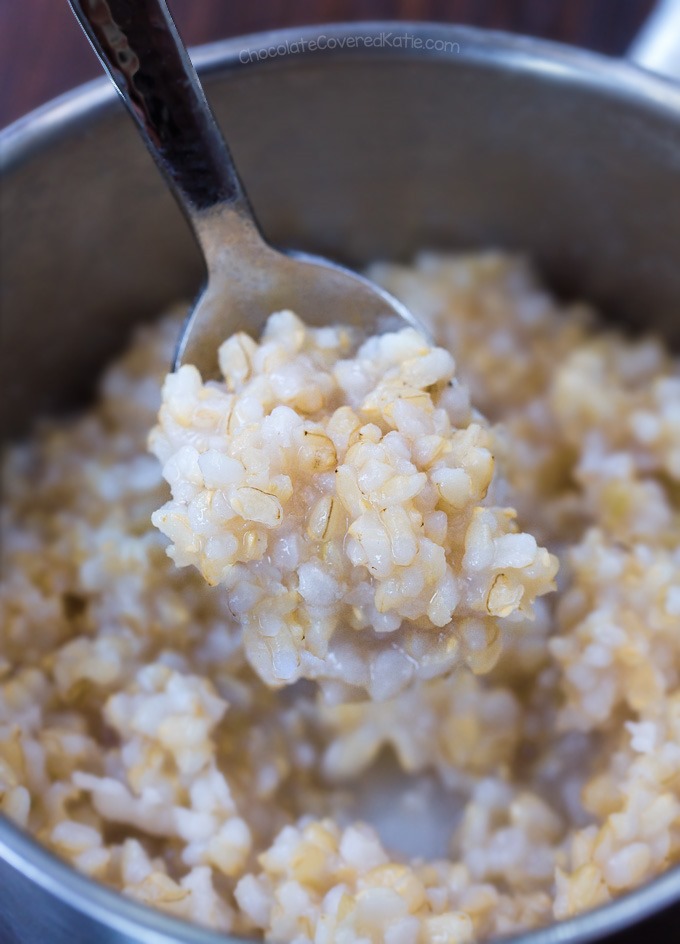
Questions & Answers
Does the same idea work for other grains, such as quinoa or oats?
You can definitely use a different grain instead of the rice. Quinoa and barley both cook up nice and fluffy using this method.
I’d guess the lower-calorie property would still apply, but because I’m not a scientist and couldn’t find any sources mentioning testing a different grain, I can’t say that for sure.
Does it work with other oils instead of coconut oil?
Same answer as the above. Using a different oil or a buttery spread will still yield the same delicious results, taste-wise.
Doesn’t adding oil add calories?
The change in starch cancels out more calories than are added in from the oil.
Is it really half the calories?
The studies found that this cooking method reduces the number of calories by 10 to 12 percent in high starch rices and has the potential to reduce the calories further in lower starch rice, up to 60 percent, depending on the type of rice used. (They currently have not tested every type of rice, so this is an estimate.)
Wait!!! Does this mean I can eat twice the amount of rice???!
Okay, this last question wasn’t from a reader. It was from my dad when I told him about the study, because he loves rice more than anyone else I’ve ever met.
So to answer the question… No, Dad, no more rice! 😂

Half Calorie Rice – Is It For Real?
Ingredients
- 1 2/3 cup water
- 1 tsp coconut oil
- 1/2 cup uncooked rice (80g)
Instructions
- Cooking times are based on long or short grain brown rice. In a small pot, bring the water to a boil. Once boiling, lower to a simmer and add the oil. Then throw in the rice and cover the pot. Leave covered on simmer for 40 minutes without ever lifting the lid. Then—still never lifting the lid—turn off the heat but let the rice sit covered for an additional 20 minutes. Still not opening the lid (yes, seriously… don’t lift the lid even to check on it), place the pot in the fridge for at least 12 hours. The next day you should have beautifully fluffy rice that is apparently lower-calorie… but, more importantly, that tastes delicious!! You can add a little salt and any seasonings you wish, and you can reheat the rice if desired.
Notes
Have you made this recipe?
Tag @chocolatecoveredkatie on Instagram
Ways To Use Half Calorie Rice:
1. Serve with my favorite Sticky Sesame Cauliflower
2. Or this recipe for Crispy Lemon Cauliflower
3. Make Cheesy Rice & Broccoli, from the Hello Breakfast ebook
Links / Sources:
- The original press release: https://www.acs.org/content/acs/en/pressroom/newsreleases/2015/march/new-low-calorie-rice-could-help-cut-rising-obesity-rates.html
- An article from NPR that discusses how cooking vegetables with a little fat can help one absorb more nutrients: http://www.npr.org/templates/story/story.php?storyId=106968683
- A write-up in the Huffington Post about the half calorie rice: http://www.huffingtonpost.ca/2015/03/23/how-to-cook-rice_n_6923676.html
- A write-up from The Kitchn about the half calorie rice: http://www.thekitchn.com/cut-calories-in-rice-with-this-surprising-method-227215
- An article in the Washington Post about the global impact it could have: https://www.washingtonpost.com/news/wonk/wp/2015/03/25/scientists-have-figured-out-a-simple-way-to-cook-rice-that-dramatically-cuts-the-calories/



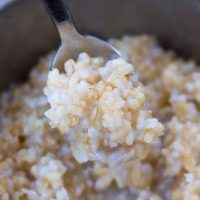
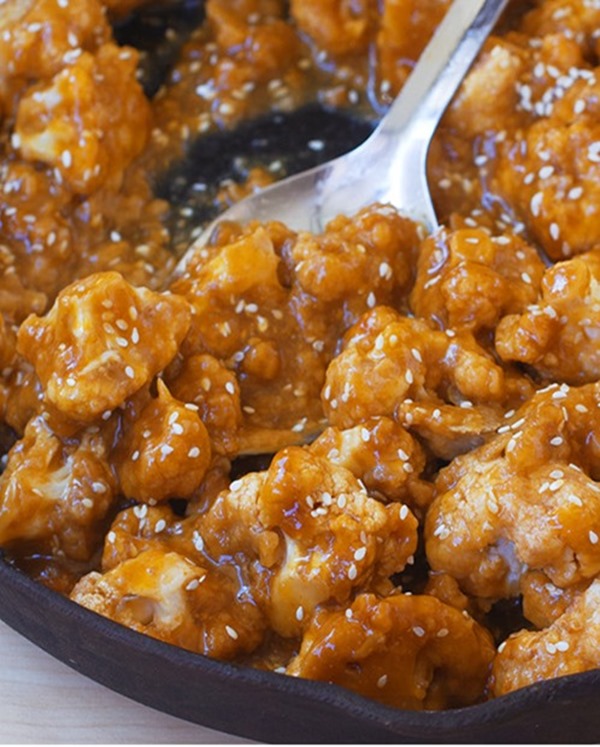
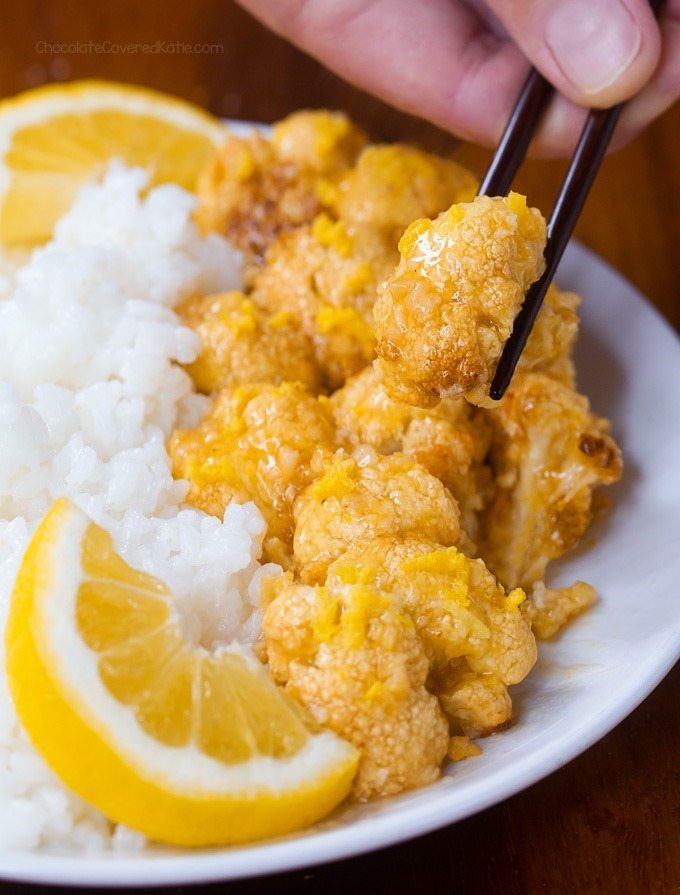


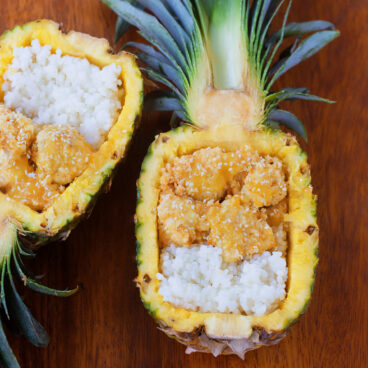

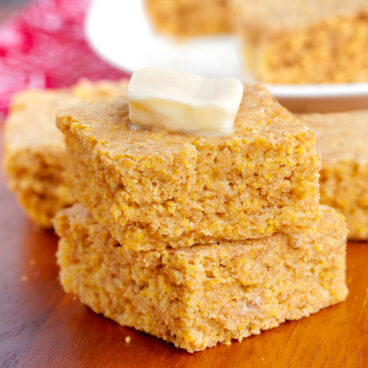
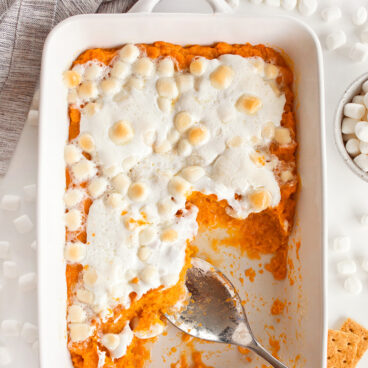
Nat says
Thanks for this post, I’m going to give it a shot. Is there a specific reason why one shouldn’t lift the lid?
Jason Sanford says
Yes it lets out the heat and steam and the rice will not cook the same.
Laura says
So many different posts! The way I cook a FOOL PROOF RICE….,2 1\2 cups water (boiling), 1 1\2 cups brown rice, 2 tbs. salted butter or any oil. Heat oven to 375 Fahrenheit. Pour rice into 8X8 glass baking dish, add your oil them boiling water; stir. Cover with foil and bake 1 hour. Perfect rice right then or cool down and reheat.
Jason Sanford says
That sounds wonderful. I need to try!
Katherine says
For cooking larger portions of rice would you use the same amount of oil or adjust it based on the amount of rice used? Ex: 1 cup of dried rice would be 1 teaspoon of coconut oil or 2 teaspoons?
Alexandra says
What is the reason behind not lifting the lid? I am just worried about my rice drying out and burning the pot before the 40 min is up…
Mwb says
So what is the nutrtion facts of this rice
What's the frequency, Kenneth? says
I spoke, briefly, with Sudhair James, who participated in the research, and from what I can tell, informed the world about so-called coconut oil rice. According to him, it is the MCT in the coconut oil which binds to the starch in the rice. I contacted him because I was interested in using different oils, as coconut oil is far too flavorful for use in some recipes. I discovered this when trying to use the rice I’d cooked with Japanese Gyudon, in which I could barely even taste the beef. I asked Dr. James, point blank, if other oils would work. It was at this time that he told me that MCT seemed to be the key here. He also said that his colleagues are still researching with other substances. As you, he mentioned potatoes and pasta.
The MCT factor leads to exactly ONE other oil, from what I can tell: palm kernel oil. It turns out that so-called MCT oil is from either coconut oil, palm kernel oil, or both. Thus I started looking into MCT oil. There seems to be some debate about the meaning of “fractionated,” whether it is all fractionated, and whether that in fact means that it absorbs into water. My limited knowledge of chemistry leads me to believe this may not be a GOOD thing, as the oil seems more likely to bind to the starch if it remains divorced from the water in which it resides.
I’d be more than interested to hear more from you, Katie, if you feel I’m misinformed or feel that you can further enlighten me. Feel free to email.
I’m just an engineer (manufacturing degree) who writes software, so I only know what I read and have been told.
Lily says
Molecular biologist here. The actual decrease in calories is likely much less than 10% for the average person doing this in his or her kitchen as opposed to the Sri Lanken team of Chem students with a lab and calorimeters at their disposal to use the least amount of oil possible to reach optimal results. It does not actually slash the calories in half. BUT eating previously cooled rice will have indigestible fiber to feed your gut flora and that is a plus even if the calories aren’t significantly less.
Amber says
Really stupid question here… I always cook my rice in chicken broth/stock. Everyone here is saying they cook in water. The article says water. By cooking in chicken broth/stock, does this still cut calories a bit, help gut flora?
Waqas says
Hi, SO amazing to hear this part of your story, Katie! Thank you for sharing ? You’re an inspiration and great role model to all!
PJ says
Katie it would have been better to publish this if you performed a blood glucose test comparison of eating the hot rice and test your blood and next day eat the reheated cold 12-24 hour rice. Why report on something if you’re not going to test it. So, the “Does it Work,” in your article was never addressed and should have been left out verses reporting it as if you had supported documentary research or self testing.
Mary says
Honestly, the rice in the photo looks super mushy and over cooked. Martha Stewart suggests 1.5-1, water to brown rice ratio. I also hear 2-1, water to brown rice, often touted as the correct ratio. This recipe suggests a ratio of 3.33-1, water to rice!!
The excess water doesn’t seem to have anything to do with the science discussed here, so I assume Katie just prefers mushy rice?
I’d love to know if other have tried this recipe with a different ratio (i.e. less water)
Tiffany says
Hi! I was just wondering if this recipe works with any oil. I don’t usually cook with coconut oil, so I was wondering if it would work with other oils like olive or vegetable oils.
CCK Media Team says
It will! We can’t say if the calorie-lowering will do the same thing, because the study was only conducted with coconut oil (that we know of). But taste-wise, it works!